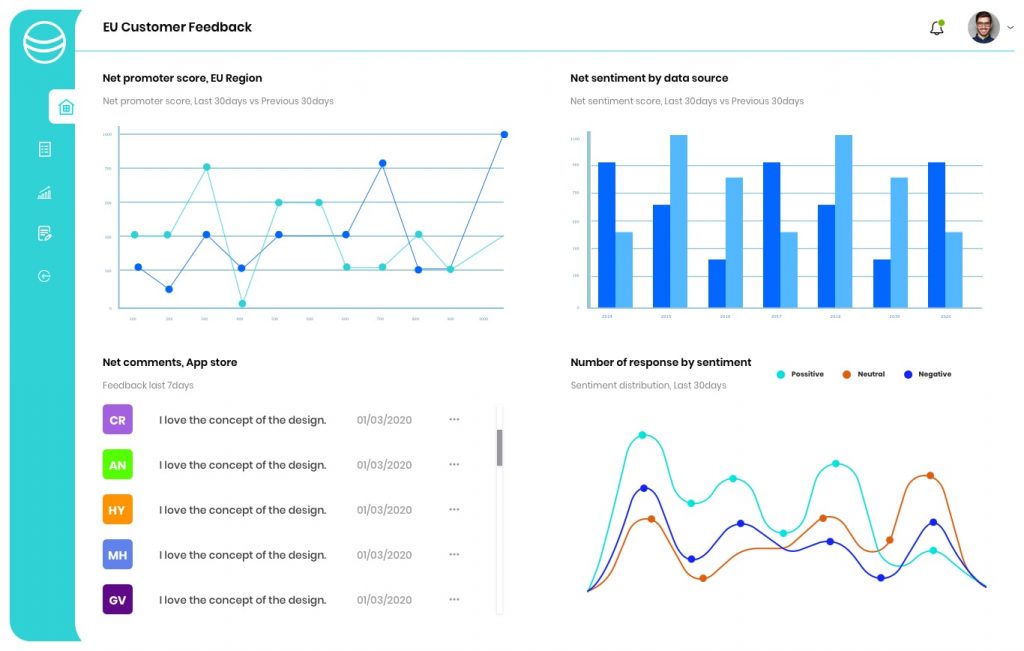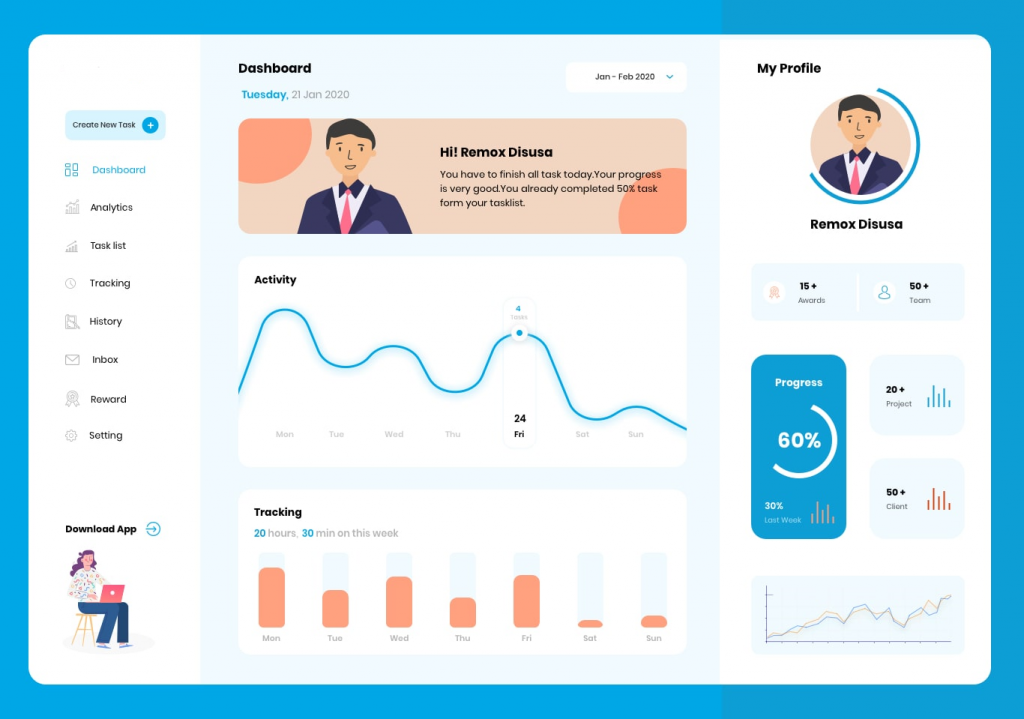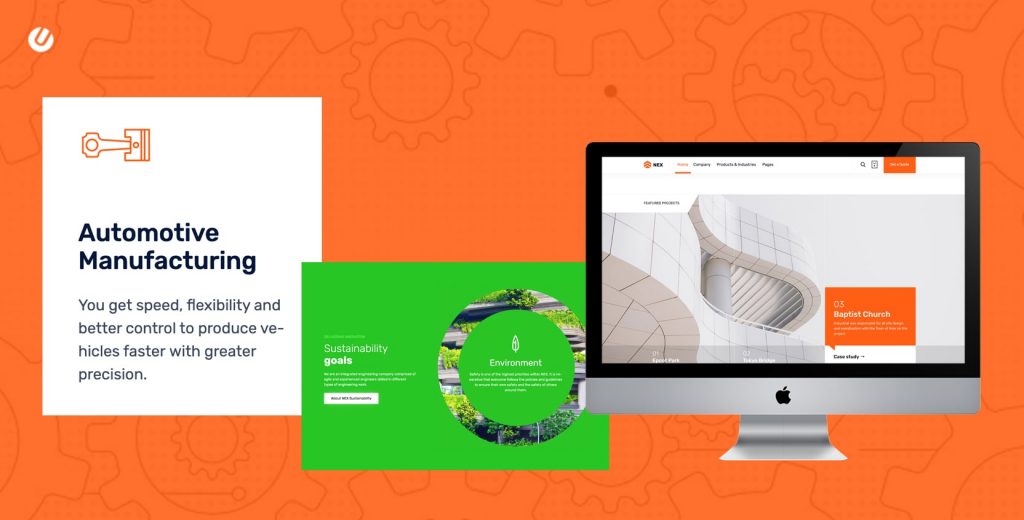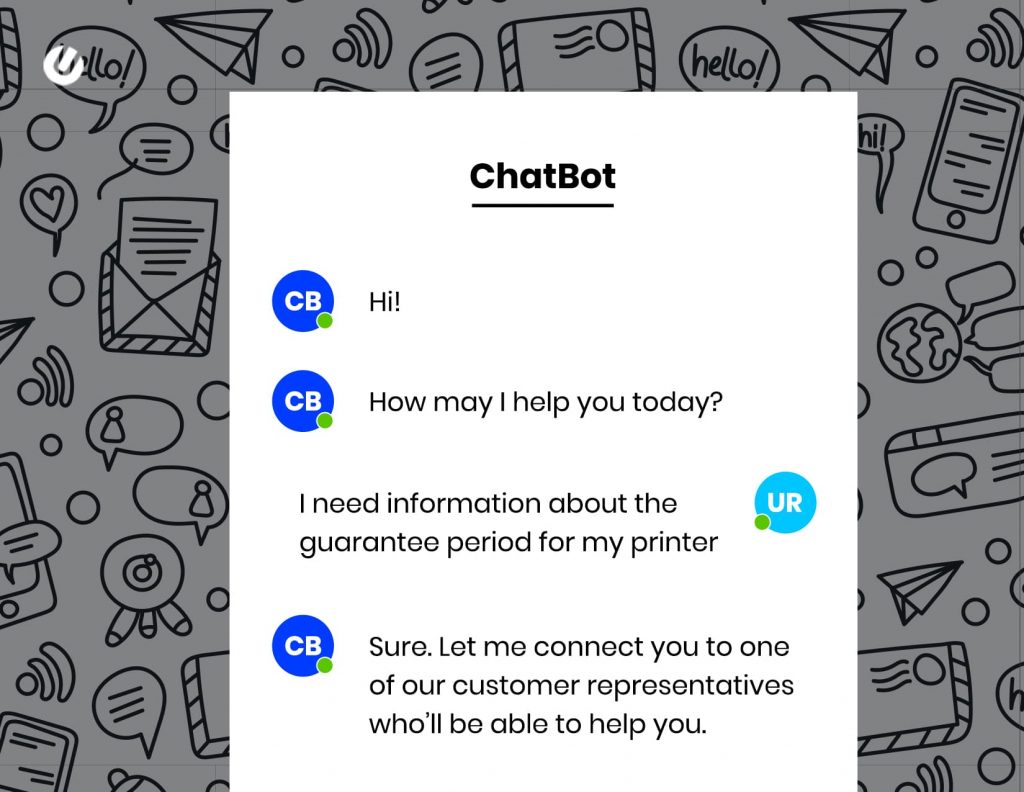Unlock Expert Advice with Zero Commitment.
We’ve Eliminated the Barriers.

What exactly do you think of when you hear the words “Industrial Revolution”?
Is it something like this picture-
If it is then don’t worry. A lot of people imagine the days of the first industrial revolution during the 18th and 19th centuries as well.
We don’t even stop to consider the silent revolution that has been happening in the last decade. And this revolution can be attributed to the rapid improvement in technology.
The latest improvements in the manufacturing industry, a.k.a industry 4.0 has changed the way the manufacturing industry works entirely. The improved production and complete automation of the processes are a few results of this new revolution. But no improvement comes without challenges.
The digitalization of the manufacturing sector has given rise to major challenges. But it is only digital transformation that can save it. So let’s take a look at three of the major challenges and how digital transformation in manufacturing can solve it.
At this point, data is indeed the king. Industries across the world, are generating huge amounts of data regularly. And despite the possibility, the size, and character of the data present the industry with its first major challenge.
There are three earmarks of big data that generate serious issues for the manufacturing industries. And these are-
Volume: the size of the data, too large to analyze and deposit it in the traditional way.
Velocity: the rapid speed of data generation that makes it impossible to respond to it in real-time,
Variety: data recorded in various formats, all bunched together when collected.
These characteristics have made it quite problematic for the manufacturing industry to handle big data.
Needless to say that the big data challenge has been introduced by the advancements in technology. To manufacture a digital transformation roadmap, industries are using technology like IoT, and AI. This increases the level of Big Data challenge.
But thankfully, the answer to this lies in the digital transformation in manufacturing itself. Here are a few solutions. for the manufacturing industry to deal with the big data challenges they might be facing.
The first solution needed is a smart manufacturing model to handle data coming in from various sources.
As we all know, data comes from various sources. And the legacy systems still in use are not competent enough to handle this huge amount of data. The developers did not design these systems to handle the modern data flow in an intuitive way. And that’s why it can exchange data, but it is a manual process and yields no extra results.

In this case, the industry needs to break down the old “transaction-based” system, and implement the unified data-sharing system.
Having one system across the corporations will help the manufacturing companies to function in a unified way. It will also merge the data and manage it all in one place, instead of on multiple platforms.
The legacy system has turned out to be one of the main roadblocks against the scope of smart manufacturing.
This time the challenge is related to the high amount of demands the industry has to complete daily. This demand puts them under too much pressure to update their systems regularly.
To utilize big data to its full extent, organizations need to break down the legacy systems before integrating new technology. This assimilation of new technology into the old system needs to be efficient. This way the regular production tasks will not be disrupted. The complete renovation of the system will make data handling/analysis easier.
There’s no point in collecting and storing data without proper analytic technology in place. This analysis can be used for measurable actions improving traditional manufacturing techniques.
There is only one main reason for collecting data from numerous sources- to gain a detailed insight into the market. The Multiple Nodes in the data and their analyzed value will determine the variables. This will help professionals to reach a decision on what is good for the business and what is not.

And for this, the first thing that’s necessary is to utilize the right tools and software. We have discussed the integration of a unified data management system.
And now it is time to talk about the right software. There are plenty of open-source tools that will be useful for manufacturing industry organizations to analyze and generate insights.
The linked network of IoT in the manufacturing industry is the source of most of the manufacturing industry data. This connected network, along with its data has plenty of security issues.
There are specific gateways that connect the industrial internet of things to the internet. And these gateways have limited ability to enforce the proper surveillance measurements. This lack of security and the authentication process makes it quite dangerous to use the un-secure data. It leaves manufacturing industry members vulnerable to various data security issues.
To get rid of the surveillance issues, a partnership with big data service providers is necessary. They can help manufacturing organizations to build robust data collection and security structure. Organizations can also increase their ability to secure IoT connection with the internet.
Right now there’s a huge skill gap in the manufacturing industry. The majority of the manufacturing workforce is close to retiring age, without anyone to fill their shoes.
According to statistics, the manufacturing industry in the US will have around 2.4 million manufacturing posts to fill up within 2028. This lack of talent could also cause a loss of $454 billion in 2028.
There are many reasons for this skill gap. And one of them is the financial crisis and recession that happen from time to time. And we are going through a pandemic, after which we are all expecting another era of financial crisis and recession. This is the time to get rid of the skills gap in the manufacturing industry.
The digitalization of the manufacturing sector can change this scenario. It will fulfill the major skill gap that has become so apparent in the industry today.
LMS is probably one of the best digital transformation technologies for manufacturing. This will bridge the skills gap the industry is facing right now.
The lack of skills among the existing employees raises the need for proper training. And for that, a centralized and custom system is much needed.

With custom software, companies will be able to design custom courses, train the workers, and track the progress. The in-house training gives the organizations more power to leveling up the workers. This also gives the organization control over the kind of skills employees are acquiring. The workers can also learn on their own time without any problems.
There are still misconceptions about the manufacturing jobs for being “messy” and “menial”. This concept results in a huge employment deadlock.
And that is why manufacturing companies need to reach out to the students through collaboration with educational institutions. This way the industry leaders can administer information on how the industry has changed in the past years. They can talk about various digital transformation technology used in industry, improving the quality of manufacturing jobs.
Just the inclusion of an LMS into the system is not going to help solve this issue. In order to truly mitigate the problem, organizations should administer a blended learning environment.
This will train the employees about all the changes such as supply chain digital transformation, digital transformation strategy, etc.
This blended learning method, that includes both LMS learning and classroom teaching, corporation can create a better learning environment. It will encourage both the employees and aspiring students to level up and join the manufacturing industry.
I think we can all agree that the old type of “call-a-representative” customer service model was an absolute nightmare. And now we should be thankful for the self-service options we get today from various organizations.
But sadly enough, the manufacturing industry is still using the old version of consumer service options. And this happens to be the third biggest challenge the manufacturing industry is facing right now.
How is a digital transformation in manufacturing going to solve it? Let’s find out.
This is a given, but still, hear me out.
A good website is incredibly important when it comes to improving liaison with consumers. It is the first interface of direct interaction any client will approach to contact the organization. But having a site is not the type of digital transformation in manufacturing we are going to talk about. It is the development of a useful website we are going to discuss.

A lot of times people don’t pay attention to the usability of the site before designing and developing the site. The lack of usability drives the consumers to pick up the phone and call customer service. The digital solution of this client service fiasco is the existence of a usable site. And that’s why the industry needs to spend more time and thought when developing a website.
When it comes to consumer service, the industry needs to give importance to the popularity of the self-service option. It is a simple enough option that lets the consumer solve problems without having to call up an expert. And a consumer portal is the perfect kind of technology transformation services for the industry.
The consumer portal will be an open forum of discussion among the consumers. They can talk about the assorted products manufactured by the specific organization, FAQs, and experience. Enabling the clients to solve issues like this will ensure an amicable relationship between the manufacturer and the user base. Additionally, this smart manufacturing experience is going to help the customers find the solutions a lot faster.
The assimilation of AI chatbots is going to be a part of the self-service approach to consumer service. If unable to find the solution from the forum, clients can connect to the chatbot. It will be a streamlined way of contacting the consumer service department.

The interesting thing about these chatbots is the fact that it collects data to enhance its performance with time. Manufacturing corporations can put this data to use by analyzing it, and determining the major issues customers face commonly. This will easily upgrade industry performance.
It is true that these problems have stemmed from the rapid assimilation of new mechanisms into the industry. The blind adaptation of these techniques gave rise to these problems. But thankfully, the considerate application of digital solutions can get rid of these problems.
The key here is to think about the human participants of the industry. Manufacturing corporations need to think about their employees, users, and partners before embracing digital transformation blindly.
Have any questions about the digital transformation in manufacturing? Feel free to contact us. And if you want more information on how we can help you with the digitization of your organization, check out our work process page.
We’ve Eliminated the Barriers.
We stand by our work, and you will too.